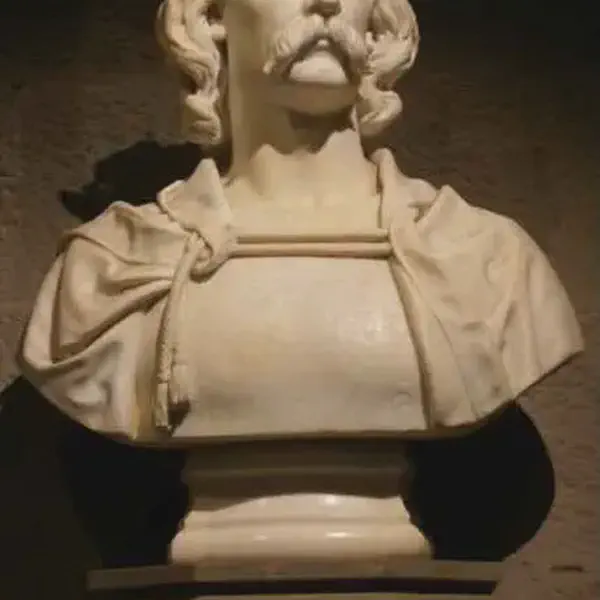
Robert the Bruce Crowned at Scone
March 25, 1306
Robert I (11 July 1274 – 7 June 1329), popularly known as Robert the Bruce (Scottish Gaelic: Raibeart am Brusach), was King of Scots from 1306 to his death in 1329.
Robert led Scotland during the First War of Scottish Independence against England. He fought successfully during his reign to restore Scotland to an independent kingdom and is regarded in Scotland as a national hero.
Robert was a fourth-great-grandson of King David I, and his grandfather, Robert de Brus, 5th Lord of Annandale, was one of the claimants to the Scottish throne during the “Great Cause”
On March 25, 1306, Robert the Bruce was crowned King of Scots. This event took place at Scone Palace, near Perth, Scotland. Robert the Bruce’s coronation was a significant moment in the struggle for Scottish independence, marking the beginning of his reign as king amidst the ongoing First War of Scottish Independence against English rule.
Robert the Bruce’s path to the throne was fraught with political intrigue and conflict. The background to his coronation involves the complex political landscape of Scotland at the time, following the death of Alexander III in 1286 and his heir Margaret, Maid of Norway, in 1290. The lack of a clear successor led to a period of instability known as the Great Cause, during which several contenders for the Scottish throne emerged. The situation was further complicated by the involvement of Edward I of England, who sought to establish dominance over Scotland.
The crowning of Robert the Bruce was not without controversy. Just a few weeks prior to his coronation, on February 10, 1306, Robert the Bruce killed John Comyn, one of his main rivals for the Scottish throne, in the Greyfriars church in Dumfries. This act of violence further polarized the Scottish nobility and led to his excommunication by the Pope. Despite these challenges, Bruce’s coronation went ahead, and it symbolized a declaration of intent to resist English attempts to control Scotland.
Robert the Bruce’s early years as king were marked by significant challenges, including military defeats and being forced into hiding. However, his persistence and leadership ultimately led to several successes against the English, culminating in the pivotal victory at the Battle of Bannockburn in 1314. This victory significantly strengthened his position and the Scottish struggle for independence.
Robert the Bruce’s reign until his death in 1329 was characterized by efforts to consolidate Scotland’s independence, both through military campaigns and diplomatic negotiations. The formal recognition of Scotland’s independence by England came with the Treaty of Edinburgh-Northampton in 1328.
The coronation of Robert the Bruce on March 25, 1306, is remembered as a key moment in Scottish history, symbolizing the resilience and determination of the Scots in their quest for independence.